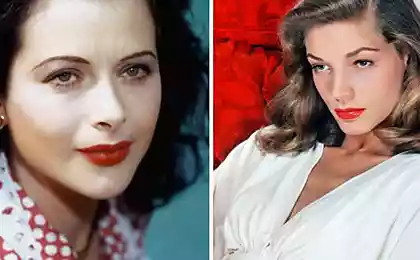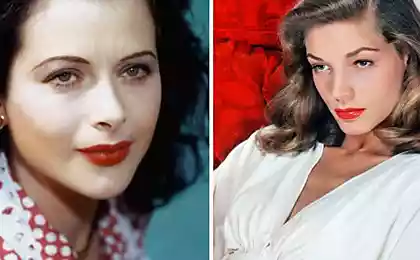140
I love "stagnant" movies, especially for the unearthly music.
Stagnation in the USSR, which stretched from the mid-60s to the early 80s, is perceived differently. Some remembered this period of time as the most calm and stable when the country reached its peak. Others believe that then everything was on the wrong course, which led to degradation and subsequent collapse.
Today's edition. "Site" Let’s talk about films of the era of stagnation. After all, when the USSR stopped in development, the movie was filmed very useful. And many tapes of that time received such a love of the audience, which could only dream of.
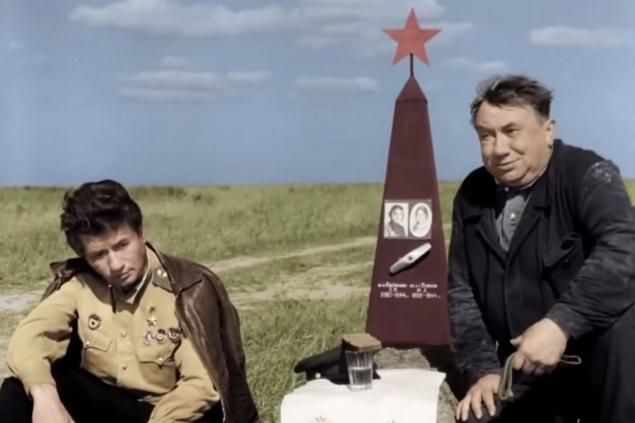
The era of stagnation in the USSR What is the cinema of the era of stagnation fundamentally stands out? Experts assure that from a visual point of view, such paintings are very recognizable. And if the “thaw” cinema is comparable to the French new wave, and the “Stalin” cinema is comparable to classical Hollywood, then the “stagnant” cinema is different.
759368
Even the then used Soviet film "Svema" gave the image a special dirty greenish hue. The low quality of this film made the picture on the screen dull and inexpressive.
However, this flaw only helped Soviet filmmakers create a melancholy atmosphere on the screen. And rainy and cloudy weather for such shootings suited much better. Therefore, so often in the “stagnant” cinema we see autumn and autumn weather. And the heroes thoughtfully kick the fallen foliage.

Viewers rarely saw picturesque places in those tapes. After all, for filming always used standard apartments, typical for those years cafes, public transport. The desire for maximum realism outweighed the desire to make a beautiful picture.
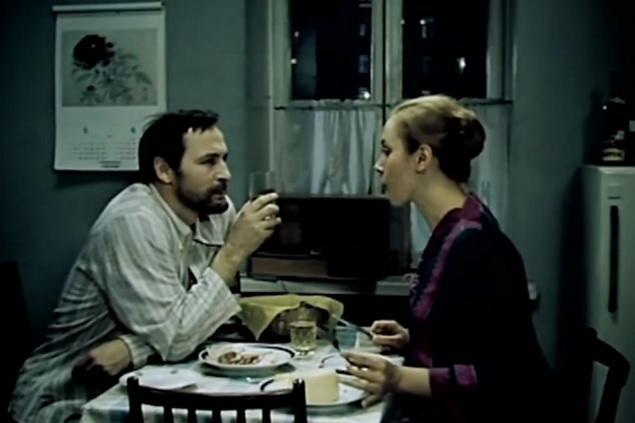
It seems that what is happening on the screen should not surprise, but seem painfully familiar. Suffice it to recall at least the cult film of that time “The Irony of Fate, or With a Light Steam!”, where the main character confuses his apartment with someone else’s and for a long time can not notice the difference. Because everything is the same.
The immobility of shooting is another characteristic feature of “stagnant” cinema. The viewer sees general plans when the camera is dispassionately watching what is happening. Such staticity seems to reflect the same stagnation. Also commonly used such a trick as hitting the camera.

The main characters of those films were also different. Often these were people who struggled with life circumstances pressing from all sides. These circumstances were almost impossible to influence.
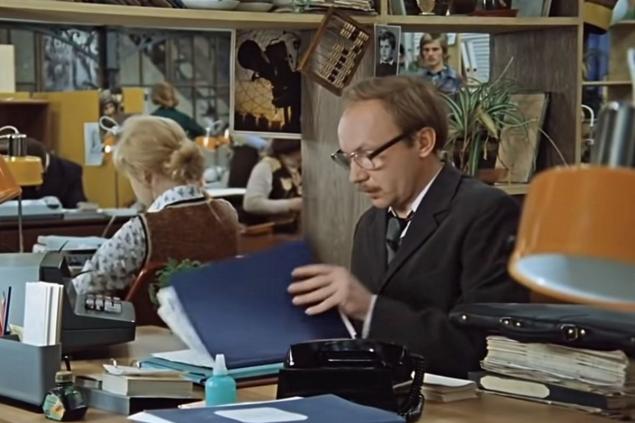
This gave a certain doom to the hero, made him feel unhappy, forced him to struggle and suffer.
In addition, the mental anguish and doubts in the future were the characters not only of the intellectual elite, but also of ordinary workers - those ordinary people from the people who were supposed to be a real bulwark of reliability.
At the same time, all this depression of cinema perfectly reflects the atmosphere of that time, shows the aspirations of people. And even the best quality of shooting is very useful here. And unearthly music compensates for those minor shortcomings that could spoil the impression of what they saw.

The plot, sound, acting, soulful dialogues on really important topics – that does not leave the viewer indifferent. Therefore, it is not surprising that the era of stagnation in the USSR gave a lot of wonderful films. And many of them today are more valuable than modern masterpieces.
Do you like movies from the Soviet era?
Today's edition. "Site" Let’s talk about films of the era of stagnation. After all, when the USSR stopped in development, the movie was filmed very useful. And many tapes of that time received such a love of the audience, which could only dream of.

The era of stagnation in the USSR What is the cinema of the era of stagnation fundamentally stands out? Experts assure that from a visual point of view, such paintings are very recognizable. And if the “thaw” cinema is comparable to the French new wave, and the “Stalin” cinema is comparable to classical Hollywood, then the “stagnant” cinema is different.
759368
Even the then used Soviet film "Svema" gave the image a special dirty greenish hue. The low quality of this film made the picture on the screen dull and inexpressive.
However, this flaw only helped Soviet filmmakers create a melancholy atmosphere on the screen. And rainy and cloudy weather for such shootings suited much better. Therefore, so often in the “stagnant” cinema we see autumn and autumn weather. And the heroes thoughtfully kick the fallen foliage.

Viewers rarely saw picturesque places in those tapes. After all, for filming always used standard apartments, typical for those years cafes, public transport. The desire for maximum realism outweighed the desire to make a beautiful picture.

It seems that what is happening on the screen should not surprise, but seem painfully familiar. Suffice it to recall at least the cult film of that time “The Irony of Fate, or With a Light Steam!”, where the main character confuses his apartment with someone else’s and for a long time can not notice the difference. Because everything is the same.
The immobility of shooting is another characteristic feature of “stagnant” cinema. The viewer sees general plans when the camera is dispassionately watching what is happening. Such staticity seems to reflect the same stagnation. Also commonly used such a trick as hitting the camera.

The main characters of those films were also different. Often these were people who struggled with life circumstances pressing from all sides. These circumstances were almost impossible to influence.

This gave a certain doom to the hero, made him feel unhappy, forced him to struggle and suffer.
In addition, the mental anguish and doubts in the future were the characters not only of the intellectual elite, but also of ordinary workers - those ordinary people from the people who were supposed to be a real bulwark of reliability.
At the same time, all this depression of cinema perfectly reflects the atmosphere of that time, shows the aspirations of people. And even the best quality of shooting is very useful here. And unearthly music compensates for those minor shortcomings that could spoil the impression of what they saw.

The plot, sound, acting, soulful dialogues on really important topics – that does not leave the viewer indifferent. Therefore, it is not surprising that the era of stagnation in the USSR gave a lot of wonderful films. And many of them today are more valuable than modern masterpieces.
Do you like movies from the Soviet era?
Carlo Cipolla left us five laws of stupidity, but he was the smartest man.
Habits of stupid ladies who bring men out of themselves, do not do so.















